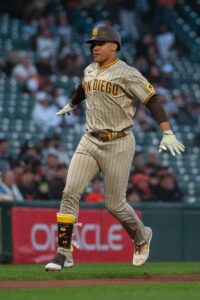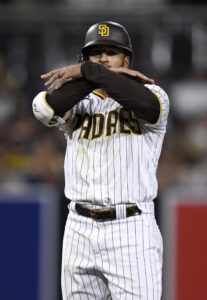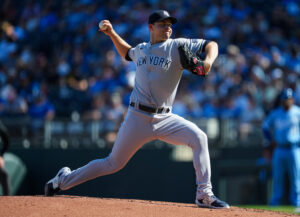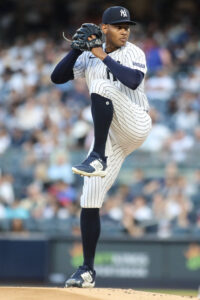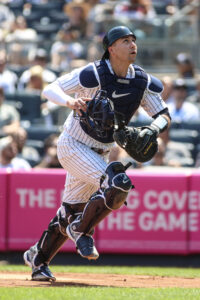As is the case every year, Spring Training has brought a handful of significant pitching injuries. The Yankees have been hit the hardest. They confirmed this evening that they’re losing Gerrit Cole to Tommy John surgery — a week after Luis Gil went down for months with a lat strain. The Mets will open the season without Sean Manaea or Frankie Montas. The Mariners (George Kirby) and Orioles (Grayson Rodriguez) will each begin the year without a pitcher who would’ve been in the upper half of their respective rotations.
The injuries have reignited speculation about a Spring Training jolt to the trade market. A few fanbases are surely hoping their teams can line up with the Padres. San Diego entertained interest in impending free agents Dylan Cease and Michael King early in the offseason. President of baseball operations A.J. Preller has shown a willingness to make significant trades at unconventional times on the calendar, including last spring’s deal to land Cease from the White Sox.
That still seems unlikely. Preller indicated at the start of camp that the team’s focus was on retaining its rotation. That hasn’t stopped teams from calling about the Padres’ top two starters. However, Kevin Acee of The San Diego Union-Tribune writes that King is “virtually assured” of sticking with San Diego into the regular season. The door seems just slightly more open on Cease. Acee reports that the Padres would only consider moving Cease if the return includes a significant upgrade in one or more of their weakest lineup positions: catcher, left field, and designated hitter.
Budgetary constraints limited the Padres’ free agent activity for most of the offseason. They moved late to add Nick Pivetta on an extremely backloaded four-year free agent deal. A few days later, they brought in Kyle Hart on a $1.5MM contract. They could round out the rotation behind Cease, King, and Yu Darvish. San Diego opted for low-cost acquisitions to fill out the lineup. Elias Díaz is back on a $3.5MM contract to catch. They added Jason Heyward and Connor Joe for a combined $2MM to work as the left field platoon. The Padres don’t have a set designated hitter.
Rotation depth is still a question. Hart is coming off a strong season in Korea, but he has 11 career MLB innings (which came five years ago). Injuries will force them to rely on the likes of Randy Vásquez, Stephen Kolek and Matt Waldron throughout the season. It’s hard to envision them trading Cease without netting at least one starting pitcher who’d jump directly into their rotation. Other teams are presumably reluctant to part with a controllable starter and a significant lineup upgrade. That’s especially true at a stage of the offseason when they wouldn’t have many options to backfill the lineup in free agency.
King and Cease could be the subject of more realistic trade rumors in a few months depending on the team’s place in the standings. They’d be highly sought after rental targets if the Padres underperform in the first half. San Diego will almost certainly make qualifying offers to both pitchers if they don’t deal them, but they’d land much stronger prospect returns in trade if they fall out of contention.

